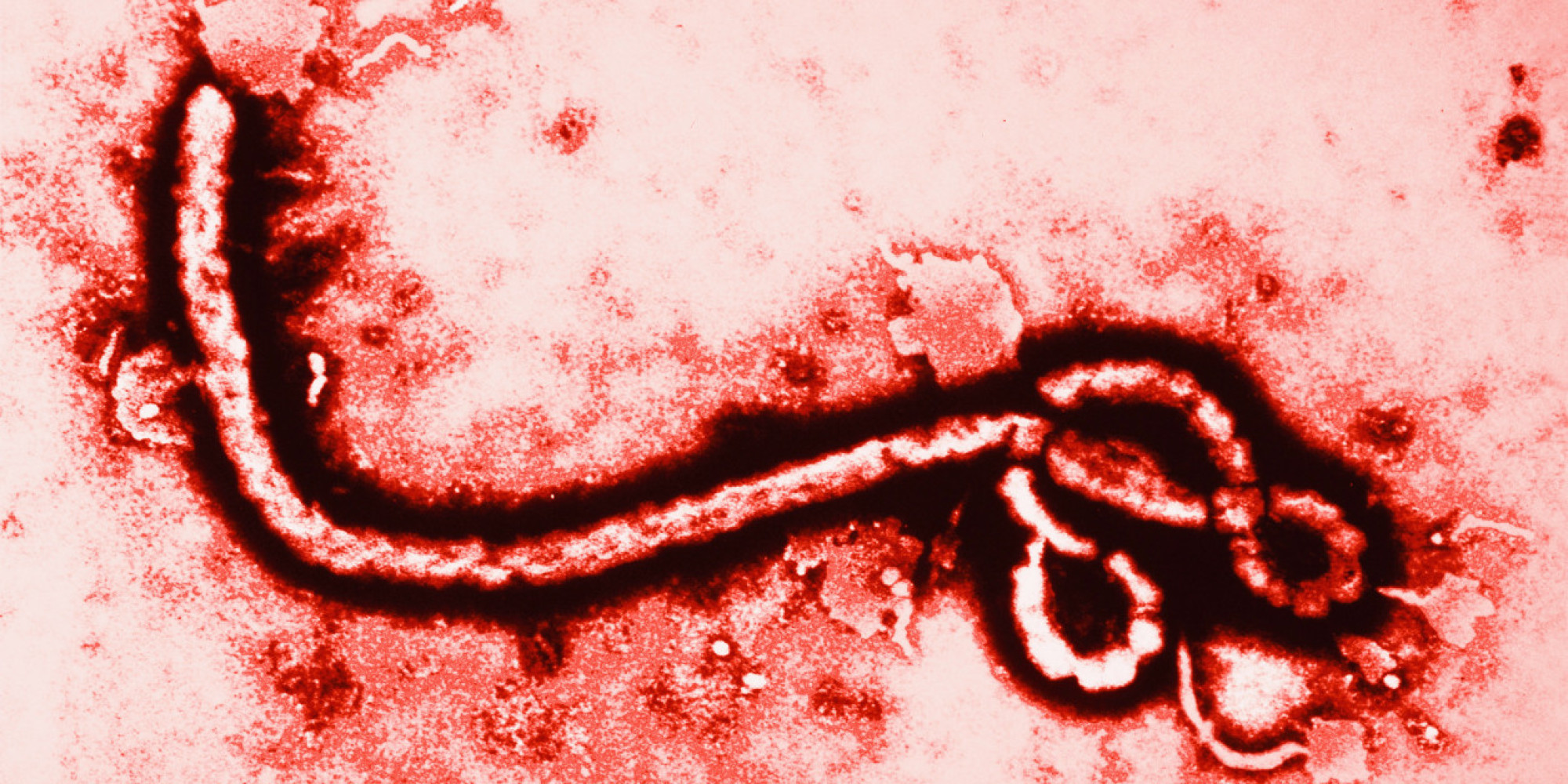In the recent months, Ebola has become somewhat of a buzz word. We have all been hearing about this awful disease and how it began to spread world-wide. Therefore we have decided to participate in a grid-computing project that is helping the research of Ebola.
More on Grid-Computing...
Grid computing is a
fairly new technology, in which several million computers from all across the
globe, can be linked together and create a “super-powered” computer. "The
Grid" takes its name from an analogy with the electrical "power
grid". The idea was that accessing computer power from a computer grid
would be as simple as accessing electrical power from an electrical grid".
There are five “big ideas” that are involved with grid
computing. First, resource sharing; having access to computers all across the
globe is the essence of grid computing. Secondly, secure access; users must
have trust with one another as well as the company’s funding the programs and
research. Thirdly, resource use; it must be efficient and balanced use of
computing resources. Fourthly, distance; you should be able to access the
resources from wherever you are. Fifth, open standards; everyone involved in
the process should remain with open minds because you may need to adapt a new
system or make changes to your grid.
General Facts and Information on Ebola...
General Facts and Information on Ebola...
 |
| Image can be found at: http://www.huffingtonpost.com/margiewarrell/ebola-is-dangerous-but-so_b_6051832.html |
According to the CDC, Ebola, previously known as Ebola hemorrhagic fever, is a rare and deadly disease caused by infection with one of the Ebola virus strains. Ebola can cause disease in humans and nonhuman primates.
Ebola is caused by infection with a virus of the family Filoviridae, genus Ebolavirus. There are five identified Ebola virus species, four of which are known to cause disease in humans: Ebola virus (Zaire ebolavirus); Sudan virus (Sudan ebolavirus); Taï Forest virus (Taï Forest ebolavirus, formerly Côte d’Ivoire ebolavirus); and Bundibugyo virus (Bundibugyo ebolavirus). The fifth, Reston virus (Reston ebolavirus), has caused disease in nonhuman primates, but not in humans.
Ebola viruses are found in several African countries. Ebola was first discovered in 1976 near the Ebola River in what is now the Democratic Republic of the Congo. Since then, outbreaks have appeared sporadically in Africa.
Signs and Symptoms:
- Fever
- Severe headache
- Weakness
- Fatigue
- Diarrhea
- Vomiting
- Abdominal (stomach) pain
- Unexplained hemorrhage (bleeding or bruising)
- Muscle pain
| Image can be found at: |
Symptoms may appear anywhere from 2 to 21 days after exposure to Ebola, but the average is 8 to 10 days.
Recovery from Ebola depends on good supportive clinical care and the patient’s immune response. People who recover from Ebola infection develop antibodies that last for at least 10 years.
Prevention:
There is no FDA-approved vaccine available for Ebola.
If you travel to or are in an area affected by an Ebola outbreak, make sure to do the following:
- Practice careful hygiene. For example, wash your hands with soap and water or an alcohol-based hand sanitizer and avoid contact with blood and body fluids.
- Do not handle items that may have come in contact with an infected person’s blood or body fluids (such as clothes, bedding, needles, and medical equipment).
- Avoid funeral or burial rituals that require handling the body of someone who has died from Ebola.
- Avoid contact with bats and nonhuman primates or blood, fluids, and raw meat prepared from these animals.
- Avoid facilities in West Africa where Ebola patients are being treated. The U.S. embassy or consulate is often able to provide advice on facilities.
- After you return, monitor your health for 21 days and seek medical care immediately if you develop symptoms of Ebola.
Sources:
http://www.cdc.gov/vhf/ebola/index.html
http://www.cdc.gov/vhf/ebola/index.html
Nice start! Very informative and accurate, and you wrote the scientific names correctly. All I ask is that you cite your grid computing source and perhaps include a link to your grid. 14 out of 15.
ReplyDelete-Dr. Walker